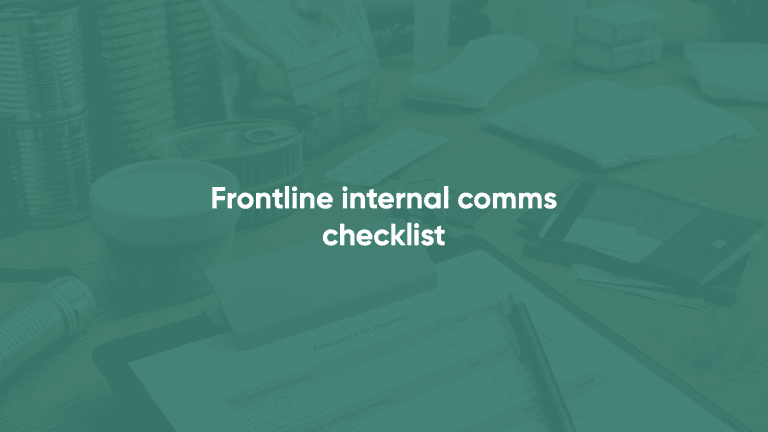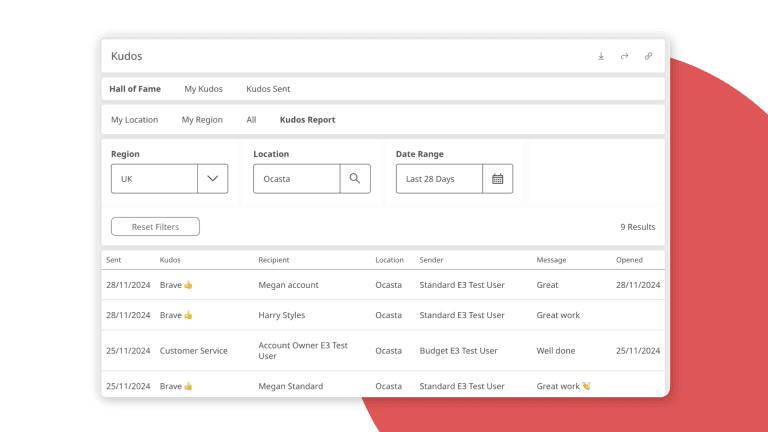You are combining the powers of two excellent businesses, great! But one of the problems you will face is keeping control of the company culture which you worked so hard to achieve. It can be hard but it’s not impossible, discover our tips to help you maintain the culture you want during a merger or acquisition.
Keep your employees involved
First things first, it is going to be a completely different working environment for your employees, so you need to do a lot of explaining to ensure they understand why. You need to tell them why it’s changing, what your main goals and aims are, what is now expected of them, what they can expect to change and by which date. Not many employees enjoy change at first, but letting them know exactly why it’s happening really helps them deal with and understand it all.
Identify your employees’ main concerns
Talk to all staff from both sides and discover what their main concerns or worries are about the joining of the two companies. You need to carry out some research to find out their attitudes, behaviours, likes, dislikes, and beliefs. After you have done this you can start to find some commonalities between the two cultures. Those common grounds will be the basis for your new but similar company culture.
Communicate your ‘new’ company culture
You need to make your employees aware of the new values and behaviours which are expected of them. Do this with daily training, which will help them retain the information and put their learning into action. Microlearning and gamification allow your employees to easily fit learning into their daily routines, meaning that they learn every single day. Allowing employees to learn at their own pace is especially crucial during a merger or acquisition because its a very sensitive time, so any pushy or forced actions could persuade staff to leave altogether.
All leaders need to ensure they are over exaggerating your new values in everything they do to ensure everyone notices the new way of doing things.
Change employee reviews so that the criteria fits your new values. Send out a piece of internal comms which explains the new behaviours you are looking for and how employees can achieve them.
Be sure to reward employees who demonstrate the new values and behaviours using a recognition solution such as Ocasta Achievements. It encourages feedback and recognition from co-workers and managers so staff can feel appreciated when they are performing well, this encourages more great performance. All recognitions are aligned with your company values, goals, and mission so employees understand their impact on your newly merged business.
Make sure your environment embodies your culture
This point is about practising what you preach, you need to make sure that every single touch point within your organisation matches up to what you want your values to be. For example, if you value speed because you want to be the fastest pizza delivery company in the UK but your staff can never find where anything is because you have a poor storage process. This is sending mixed signals to your staff, you are telling them you value speed yet you are making it difficult for them to speed up their processes.
To make sure your environment embodies your culture, take a walk around your entire workplace with a list of your values and what they mean. Ask employees what their daily routines are, for actions or tasks they mention scrutinise how they are done and whether the process could be done better to match your values. For example, if one of your values is efficiency yet you see your employees manually having to fill out long paper checklists. This is an example where your values don’t match your practices.
Give your staff a place to vent!
This one is very important because if your staff feel like they can’t vent their concerns or frustrations to anyone in the business then they will very likely leave. You need to make sure your staff are aware that they are being listened to, especially during a time where they think they are being repressed and ignored. Set up a place where they can submit their ideas and thoughts to head office and send out comms letting everyone know this is there. Send out notifications to remind staff to submit, be sure to act on as many concerns or frustrations as you can so staff know that you are actually listening to them. Be sure to document any resolves you make so that you can send out relevant comms letting staff know what you have resolved as a result of their suggestions.






